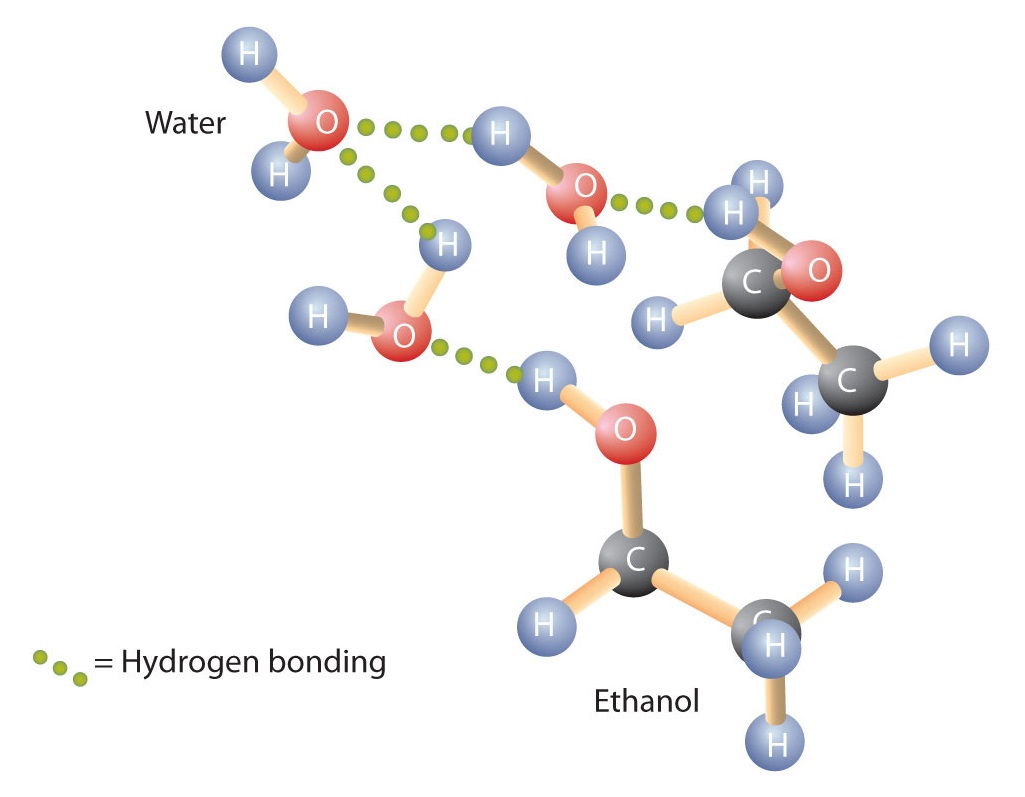A trio of researchers at the University of California has found evidence that suggests there is far more ice on the surface of the moon than has been thought. In their paper published in the journal Nature Geoscience, Lior Rubanenko, Jaahnavee Venkatraman and David Paige describe their study of similarities between ice on Mercury and shadowed regions on the moon and what they found.

Prior researchers using data from the Arecibo Observatory and also NASA’s MESSENGER spacecraft found that there are cratered areas on Mercury’s poles that appear shadowed from Earth. Data from the LRO probe that was intentionally crashed into the surface of Mercury (which was released from the orbiting satellite LCROSS in 2009) revealed water and ice vapor?evidence of ice deposits several meters thick in the shadowed craters. The research also showed that the ice was able to persist in the craters because they were shaded, preventing it from being decomposed by sunlight. In this new effort, the researchers investigated the possibility that similar-looking areas on the moon might also harbor ice.
The research trio started by noting that the moon and Mercury have thermal environments that are somewhat similar. They also noted that both Mercury and the moon have shadowed craters with evidence of shallowing due to material buildup inside the divots. On Mercury, prior research showed that the material buildup was made partly of ice. To find out if the same might be true for Nonionic Surfactant the moon, the researchers next obtained data describing 2,000 shaded craters on Mercury and 12,000 similarly shaded craters on the moon.
To determine similarities that might signal they both harbored ice, the researchers compared their diameter-to-depth ratios to one another. In so doing, they noted that shallowing of shaded craters on Mercury was very similar to the shallowing seen with the shaded craters on the Moon. They suggest the evidence indicates that the material that is collecting in the shallowed craters on the moon is likely ice as well. If their ideas prove correct, it would mean that there are millions of tons of ice on the surface of the moon?far more than has been thought by most moon scientists.


Comentarios recientes